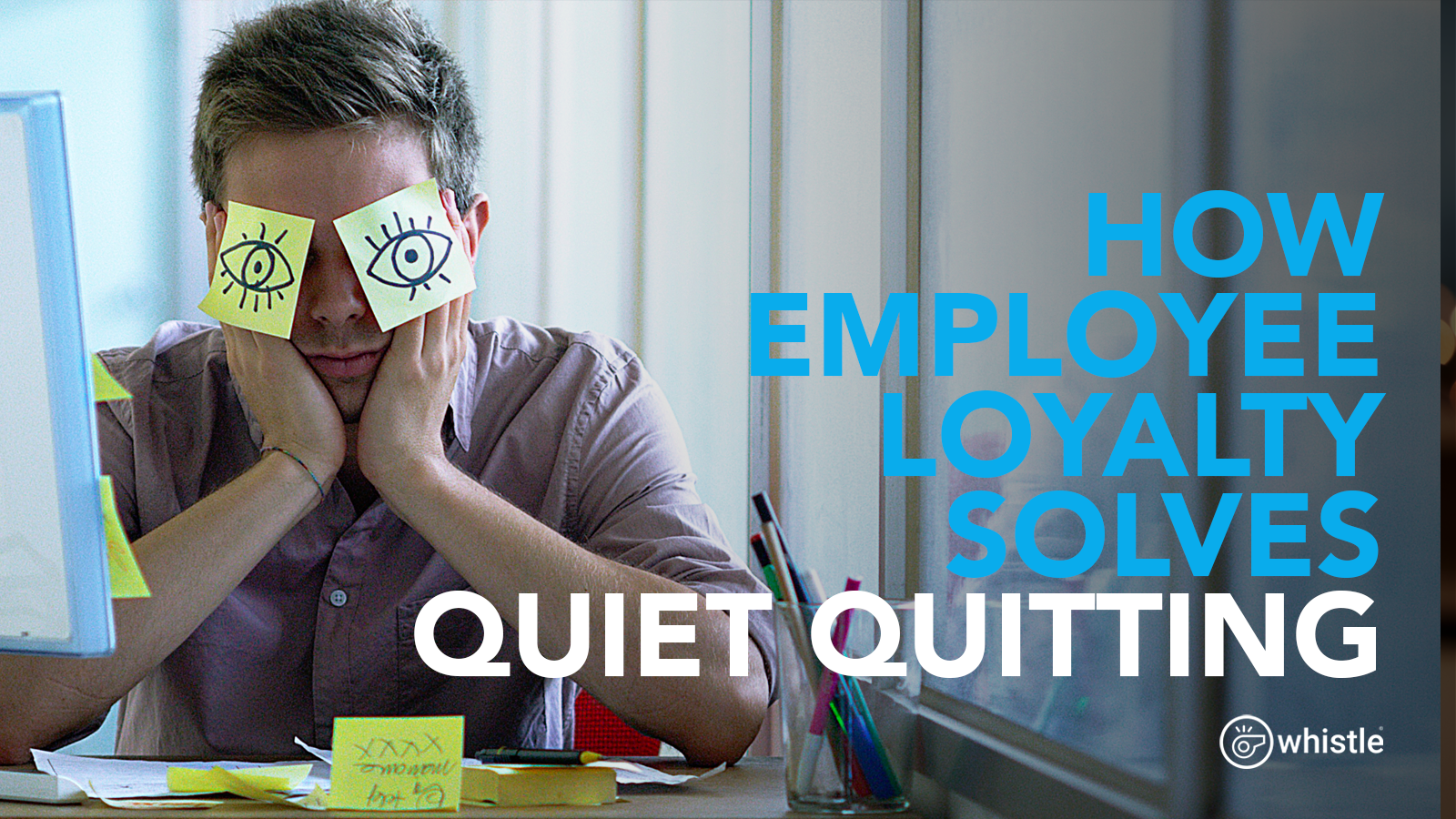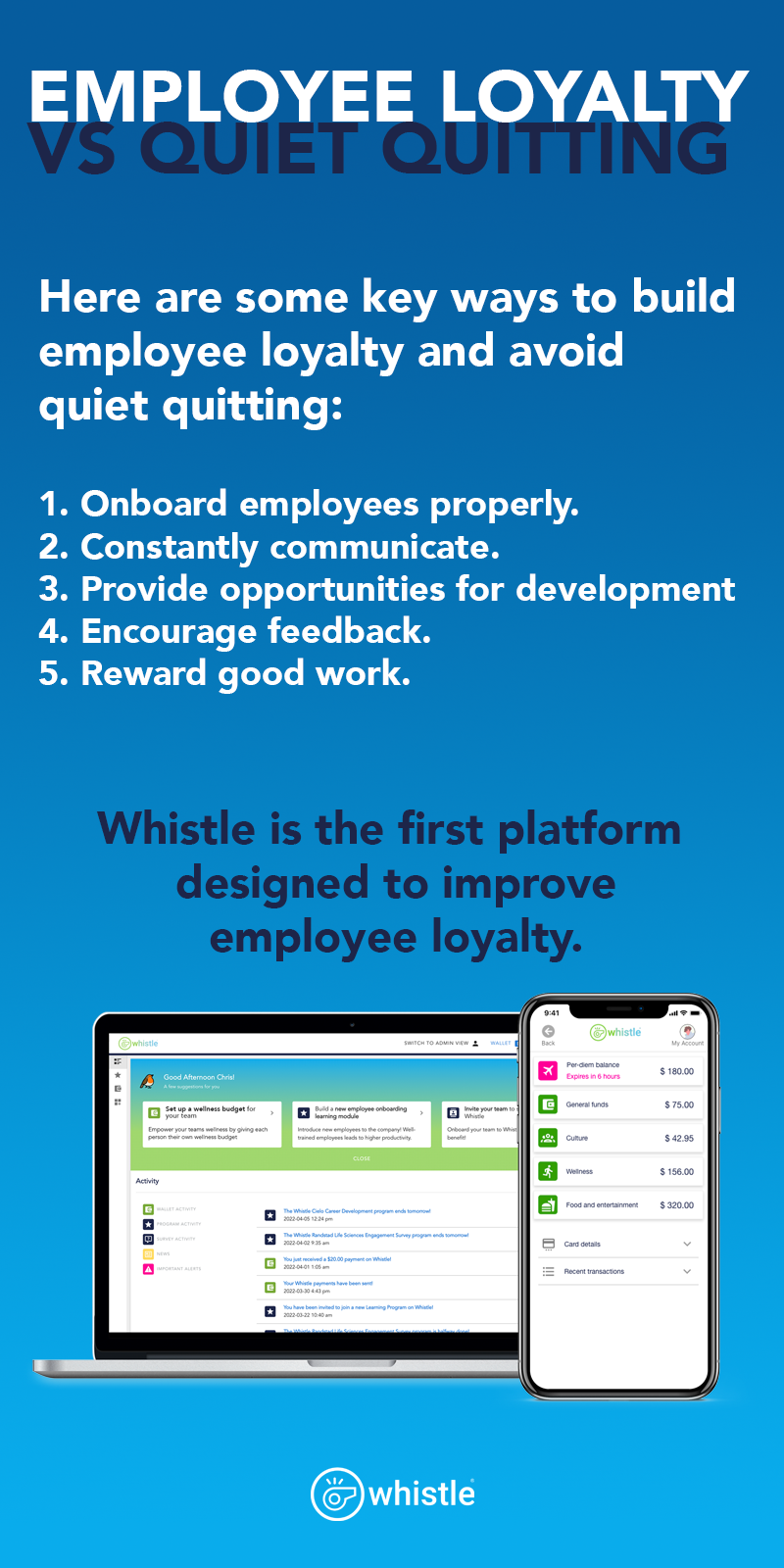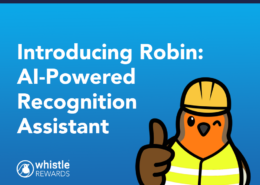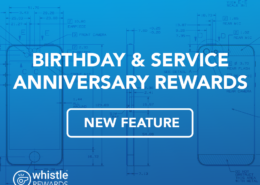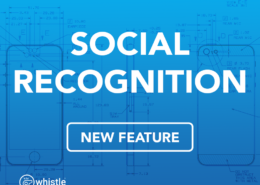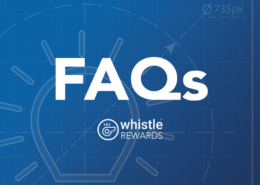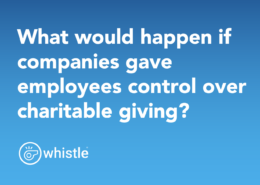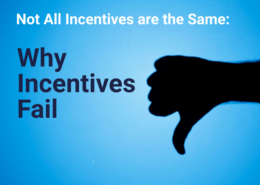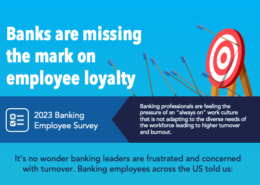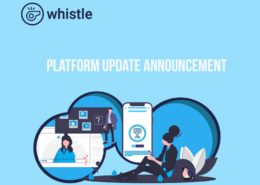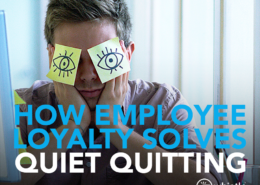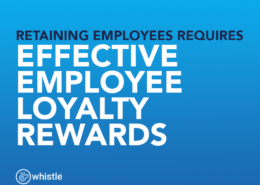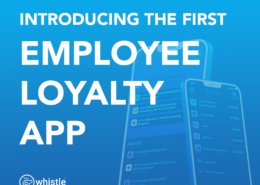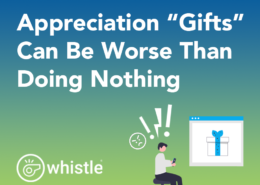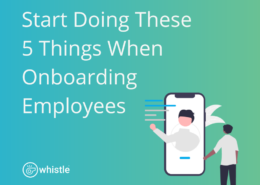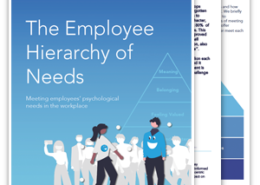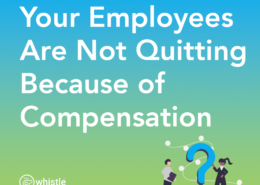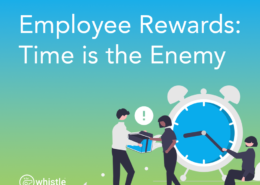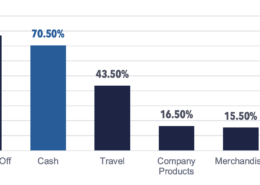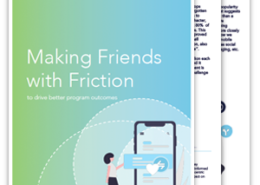HOW EMPLOYEE LOYALTY SOLVES QUIET QUITTING
Quiet quitting is the latest buzzword in modern business. If you haven’t heard, quiet quitting refers to employees who do just enough work to not get fired, but not enough to be considered productive. In other words, they’re phoning it in. And this troubling trend is on the rise. A recent Gallup poll showed that “quiet quitters” make up more than half of American workers.
This is a troubling trend which is costing businesses billions of dollars per year in lost productivity. It is also not new. Quiet quitting is simply disengagement with a new name. Since the origin of the paycheck, every company has struggled with employees that are disengaged and doing the bare minimum.
So how do you solve the problem of quiet quitting?
The first step is to understand why employees become disengaged in the first place. There are many reasons, but the most common are:
- They feel undervalued or unappreciated.
- They’re in a job that doesn’t align with their skills or interests.
- They don’t feel like their work is meaningful
As an employer, you can positively affect all three causes.
Start by making sure your employees feel valued. This can be as simple as saying “thank you” more often or showing your appreciation in other ways. If you have a hard time remembering to do this, set a reminder in your phone or calendar.
Next, take a close look at your employees’ skills and interests and match them to the right job. This may mean making some changes to your organization, but it will be worth it in the long run.
Finally, make sure your employees see the bigger vision. Even if your company isn’t curing cancer, make sure they know the company’s mission and purpose. Just understanding why the company is heading on its current course can mean a lot to employees.
All of these fall into the category of employee loyalty. Employee loyalty describes the overall dedication and engagement of your workforce. A loyal staff goes the extra mile without being asked. A loyal team has high retention and low turnover.
The solution to quiet quitting is employee loyalty. Employee loyalty is the key to unlocking productivity and engagement in the workplace. When employees feel valued and appreciated, they are more likely to be engaged in their work and less likely to become quiet quitters.
Loyal employees are also more productive. A study by the Harvard Business Review found that companies with engaged employees are 21% more profitable than companies with disengaged employees.
Don’t solve quiet quitting because it is the buzzword of the day, solve it because an engaged workforce can transform your business. The question is, how do you solve the problem of quiet quitting? The answer is employee loyalty.
Loyal employees are engaged employees. They are the ones who are committed to their work and their company. They are the ones who go above and beyond to get the job done. And they are the ones who are less likely to quietly quit.
REMOTE WORK IS A QUIET QUITTING TRAP — FOR EMPLOYERS, NOT EMPLOYEES
Although quiet quitting is not new, the rise in remote work has changed the dynamic. With more companies operating in hybrid or fully remote models, it is harder for managers to physically keep tabs on their staff.
Some companies are using tracking software that measures mouse and keyboard movement to understand how often an employee is active. The tracking strategy is doomed to fail. A disengaged employee cannot be tracked into compliance — they will find ways to beat the system. And while you are playing cat-and-mouse, some of your best employees will disengage due to the implied guilt and micromanagement of a tracking system.
The solution is not to try and track your employees into submission, the solution is to build a culture of loyalty. A culture where employees want to do their best work, not because they are being watched, but because they believe in the company and its mission.
A culture of loyalty starts with strong values. If your company does not have a set of values that everyone can rally behind, now is the time to create them. These values should be more than just buzzwords on a piece of paper, they should be the guiding principles that inform every decision made at the company.
EMPLOYEE LOYALTY PREVENTS QUIET QUITTING BEFORE IT STARTS
Ultimately, the only path to avoiding quit quitters is to make sure your staff feel appreciated, motivated, and have all the tools and training they need to succeed.
Here are some key ways to build employee loyalty and avoid quiet quitting:
- Onboard employees properly. The onboarding process is critical to setting new hires up for success. Invest the time to make sure they understand the company culture, their roles and responsibilities, and what is expected of them.
- Constantly communicate. In a remote work world, regular communication is more important than ever. Employees need to feel connected to the company. Direct managers need to communicate with their staff every day, ideally on a one-to-one basis, even if it is just a slack message or IM.
- Provide opportunities for development. Employees want to feel like they are growing in their roles. Offer training and development opportunities to help them build new skills and progress in their careers.
- Encourage feedback. Encourage employees to provide feedback, good and bad. Let them know that their suggestions are welcome and that you are open to change.
- Reward good work. Recognize and reward employees when they do a good job. Don’t save praise, dole it out generously. Your employees will appreciate that you are seeing the results of their labor.
DON’T WORRY ABOUT QUIET QUITTING, FOCUS ON DRIVING EMPLOYEE LOYALTY
Quiet quitting is the buzzword of the day, but one day soon there will be a new buzzword. Odds are, that too will be a new label on the same set of issues that have been facing employers for decades. Employees who do not feel aligned with their company and under-appreciated will always look for ways to leave – or even worse, stay. Smart companies are using modern tools to help employees stay engaged and drive loyalty, using many of the same philosophies as driving customer loyalty.
The bottom line is that employee loyalty is the key to preventing quiet quitting. By focusing on the factors that drive employee loyalty, you can create a culture where your staff are engaged and productive. And that is the best way to avoid the problem of quiet quitting.
WHISTLE, THE EMPLOYEE LOYALTY APP
There are many factors that influence employee loyalty but Whistle is the first employee loyalty app specifically designed for that purpose. By leveraging Whistle and integrating with other programs, Whistle can help companies improve both their top and bottom line.
In a recent case study, Whistle helped a manufacturing company reduce turnover by 26% in just 90 days through a redesigned onboarding program. Whistle’s employee loyalty app brought the company’s on-boarding process into the digital age and put it in every employee’s pocket. Employees raved about the mobile-first experience and cash reward system.
Companies are using Whistle to help people-managers improve relationships with their direct reports, rethinking incentives and rewards, and even changing their approach to culture – building a more inclusive workplace and helping to attract quality candidates.
Contact us for a free demo and better understand how much you can improve employee loyalty when using an employee loyalty app!
Forget the Bells. You Just Need Whistle.
Overwhelmed? Let us help you build a better onboarding experience, improve leadership training, or find innovative ways to appreciate your people — start by speaking to a consultant for free.

